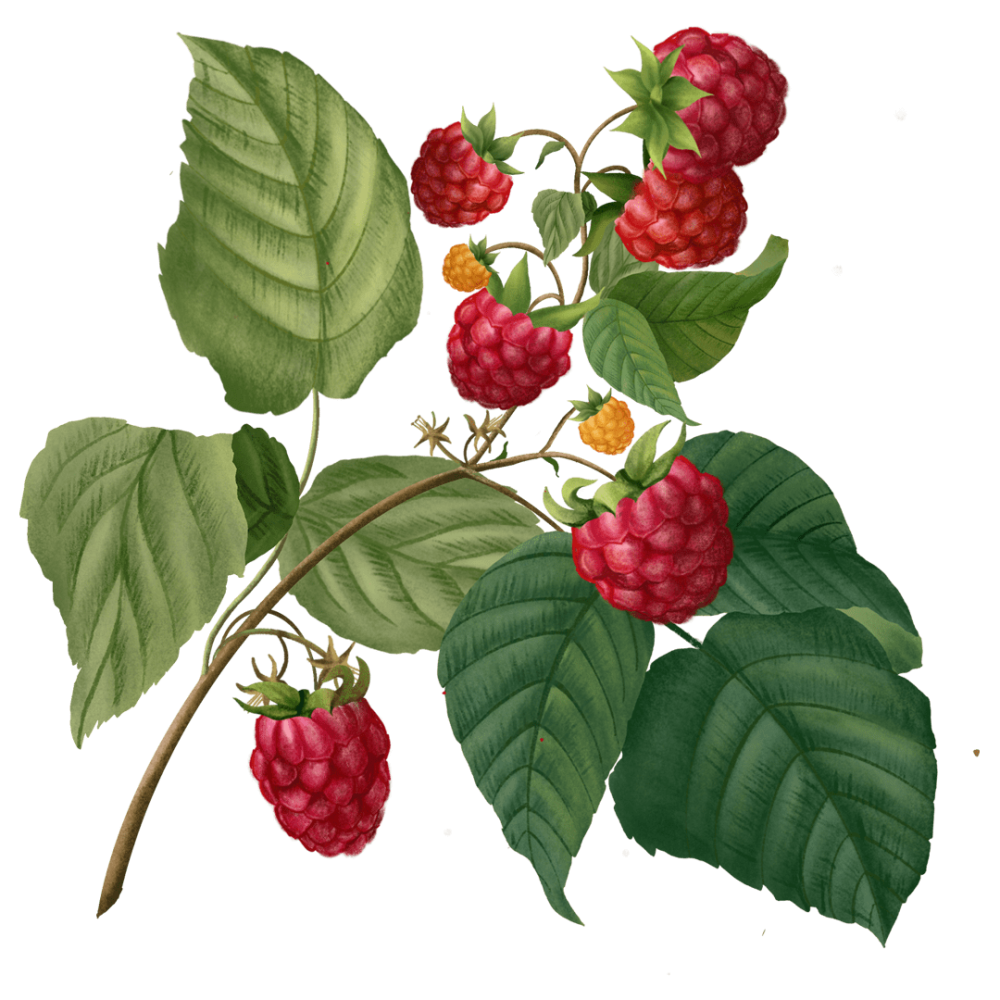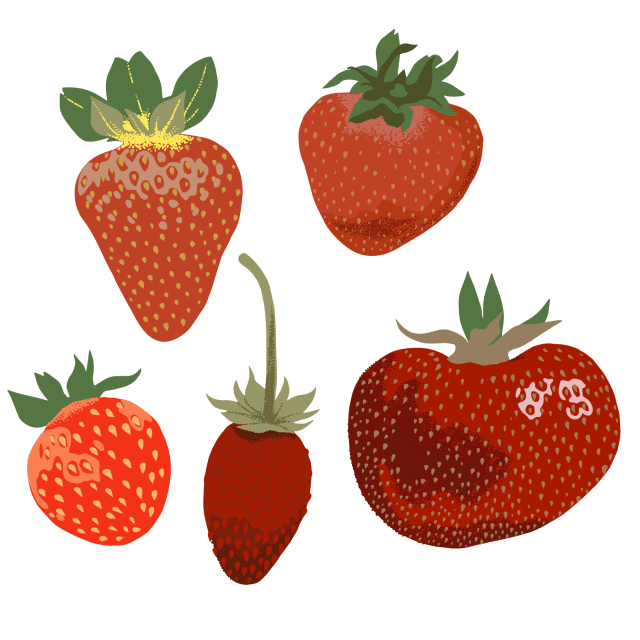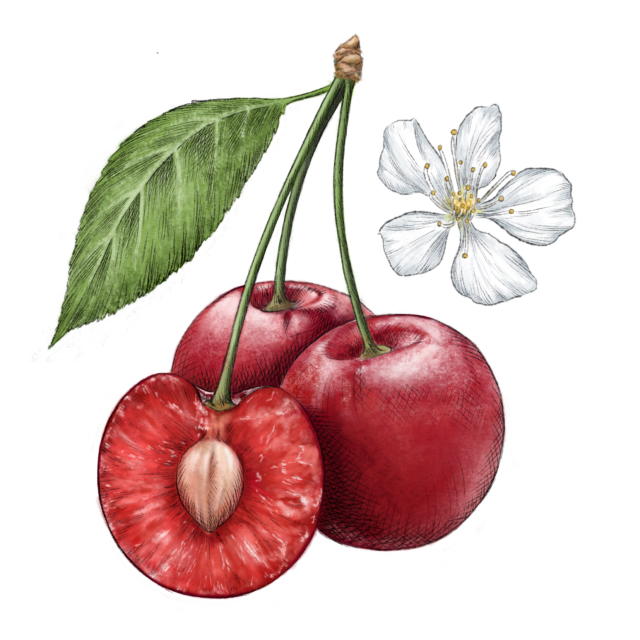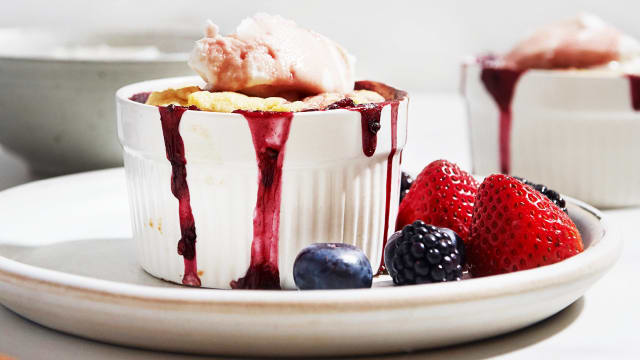Raspberry

Latin name: Rubus idaeus
Uses: fresh or processed fruit, flavoring
What is a raspberry?
Raspberries are similar to blackberries — they’re both rose family members are even share a genus — but delicate and usually not as thorny (raspberries are covered in fine spines instead). The fruits are not botanically a berry; they’re little cup-shaped aggregates of tiny drupes.
Why are raspberries healthy?
Raspberries are an excellent source of fiber and vitamin C and are one of the best sources of polyphenols like anthocyanins, which have antioxidant properties and are currently being studied for their role in fighting a range of chronic diseases including heart disease, Alzheimer’s, and arthritis.
They also contain the bioactive ellagic acid that helps reduce oxidative stress and repair damaged DNA. Additionally, because they are high in fiber, raspberries don’t raise blood sugar levels and some studies show they actually may help to improve insulin resistance and lower blood sugar.
What do raspberries taste like?
Raspberries have an exquisite fruity-floral flavor thanks to the aromatic compounds also found in strawberries (furaneol), violets, jasmine, and vanilla. They have a delicate texture, crushing easily under your tongue, with crunchy little seeds. (You can strain these through a sieve for making purées and jams).
How do I use raspberries?
Raspberries don’t need much handling at all — in fact, the less, the better. Rinse them off and add them to smoothies, yogurt bowls, and fruit salads. Purée raw or cooked raspberries into syrups or or a sticky jam, respectively.
What do raspberries pair well with?
The bright acidity and fragrance of raspberries make them simply exquisite with creamy foods: custards like crème brûlée and panna cotta, ice cream, mousse, crème frâiche or mascarpone. Even soft goat cheese or warm Brie are all outstanding pairings. They love vanilla and white chocolate, are wonderful in lemonade (and with any other citrus), and love being paired with other berries. Raspberries are also really well matched to sweeter nuts like almonds, hazelnuts, and pecans.
Where do raspberries grow?
Raspberries are native to Asia Minor, though the Pacific Northwest has several species of Rubus that have been used for breeding commercial varieties. As of 2020, Russia was a global leading grower, with the west coast of the United States a major player.
They’re grown using a method called “long cane production” where the stems are grown out in a cooler climate to stimulate bud production (often in the Pacific Northwest or Scotland) and then transplanted to a warmer climate for blooming and fruiting.
How to buy raspberries:
Raspberries have a laughably short shelf life (like maybe a day or two from the store), which is why they’re nearly all sold frozen or processed into preserves. Look for berries that are intact (not smushed), with no mold. When you get them home, stash them in a bowl or ventilated container in the fridge and wait until you’re ready to use them before gently rinsing them off. Their fresh season is in the early summer in temperate climates, though larger commercial growers produce them year-round.
Surprising raspberry fact:
Though blue raspberries (Rubus leucodermis) do exist in the wild, the flavor we call “blue raspberry” was created in the early 1970s when Russian scientists discovered a link between red food coloring FD&C No. 2 (aka amaranth) and cancer. It was subsequently banned by the Food & Drug Administration in 1976 as a possible carcinogen. Since all the other red fruit flavors like cherry, strawberry, and watermelon snagged the non-banned red dyes, raspberry flavor was left with no choice but go blue.




